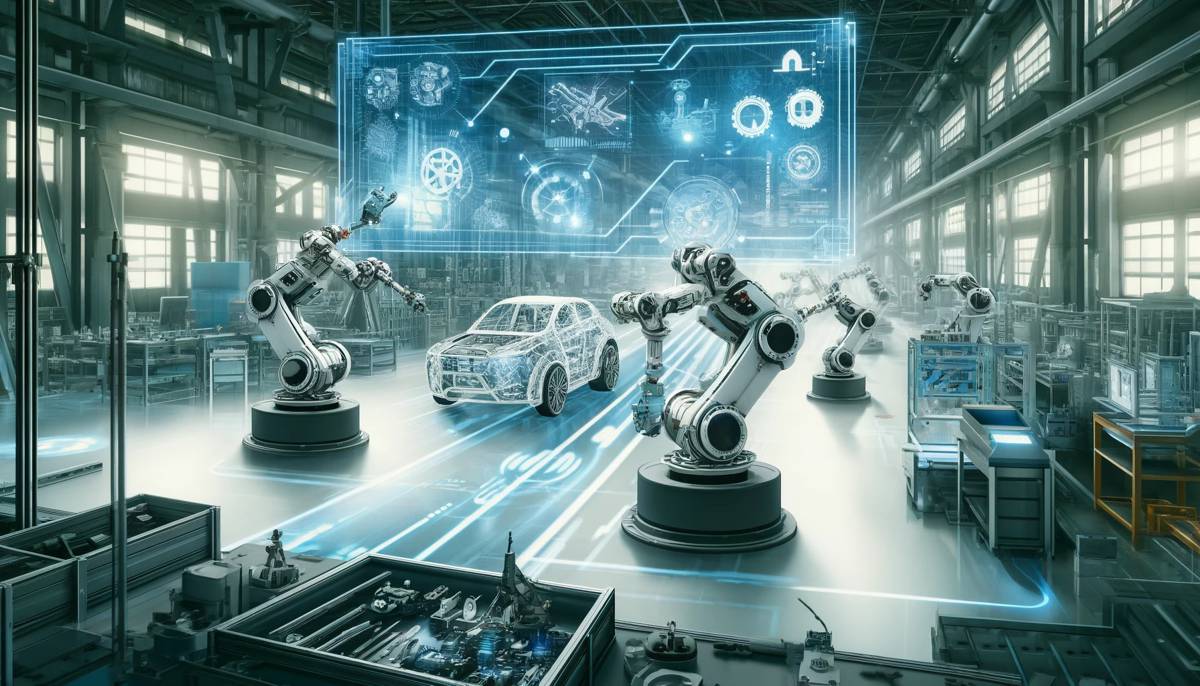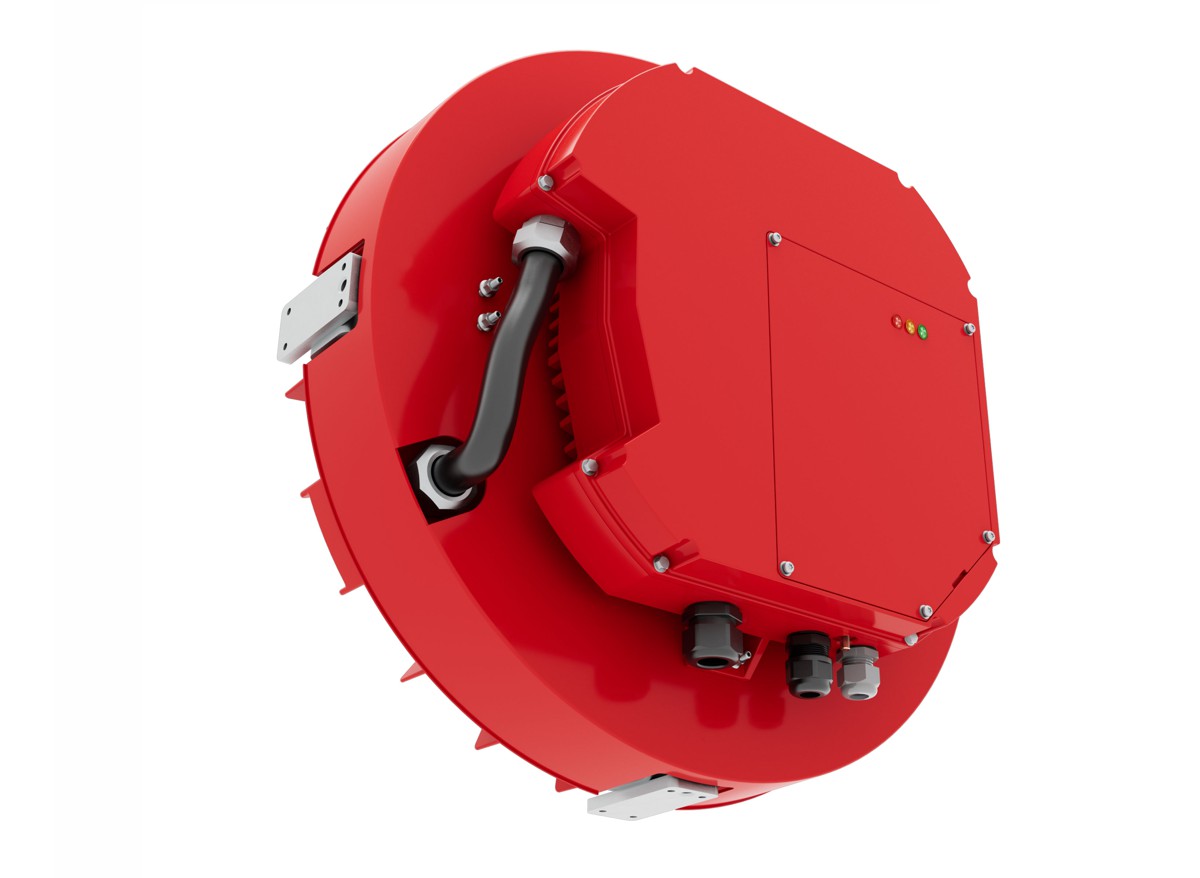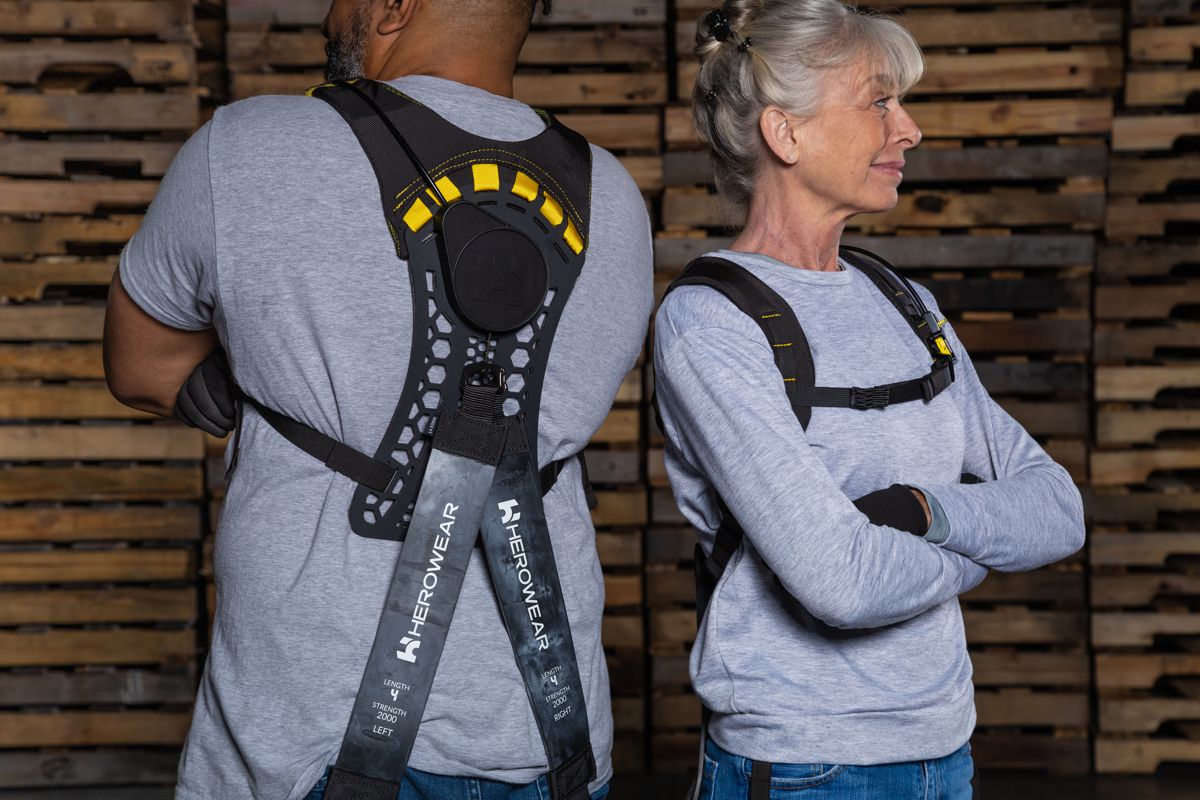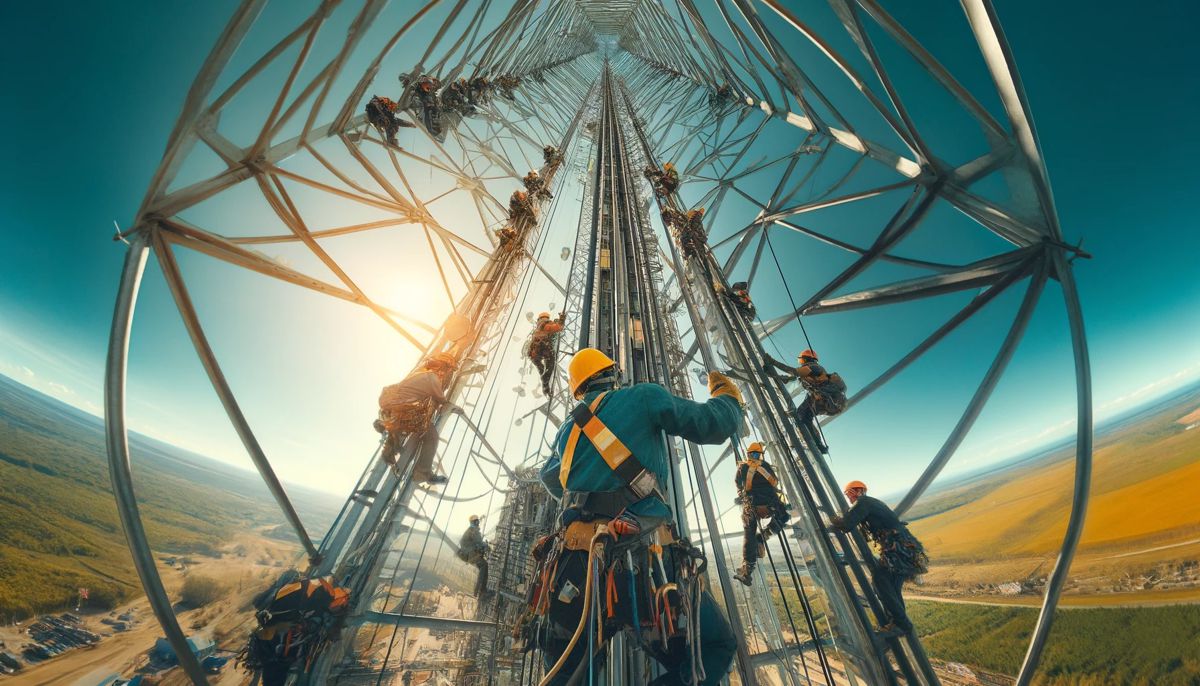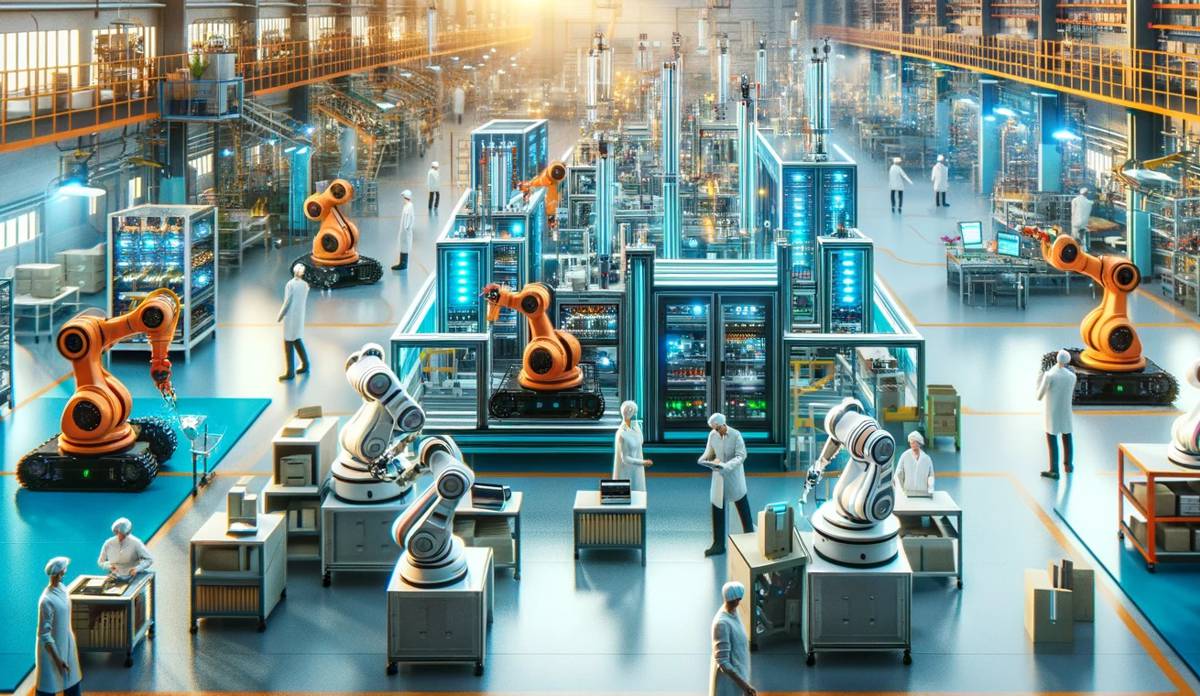Revolutionizing Nuclear Decommissioning with a Symbiotic Robot Fleet
In a recently published study in the journal Institution of Engineering and Technology (IET) Cyber-systems and Robotics, a team of researchers has developed a novel approach to nuclear facility decommissioning using a fleet of robots that work together in a symbiotic relationship.
The research introduces a novel implementation of a CPS in a simulated nuclear environment. This system integrates a multi-robot (MR) team, controlled by an operator using a digital twin interface.
The project showcases the effective collaboration of autonomous robots within the Symbiotic Multi-Robot Fleet (SMuRF), transcending the boundaries of individual robot capabilities. SMuRF is engineered as a cohesive unit of robots, each with distinct functions, autonomously operating in nuclear environments.
The fleet’s strength lies in its diversity; for instance, a smaller, agile robot can deftly manoeuvre through confined spaces, while its larger counterpart is adept at transporting heavy equipment. This synergy allows the robots to tackle a variety of challenges and efficiently complete tasks, illustrating the power of collaborative robotics.
Key features of this system include:
- Symbiotic Autonomy: Robots work in unison, sharing tasks and data, enabling a comprehensive approach to radiation characterization.
- Digital Twin Interface: Operators can oversee and interact with the robot fleet remotely, ensuring safety and efficiency.
- Scalable Autonomy: The system is adaptable, capable of handling a range of tasks and environments.
“This breakthrough represents a paradigm shift in nuclear decommissioning,” said Dr. Daniel Mitchell, corresponding author of the study. “By integrating advanced robotics with digital twin technology, we’re not just enhancing safety; we’re also accelerating the decommissioning process, reducing costs, and setting a new standard in the industry.”
The research holds significant implications across various aspects. It leads to enhanced safety by minimizing human exposure to hazardous conditions, crucial in nuclear decommissioning. The approach accelerates the decommissioning process, which can result in substantial cost savings.
The technology also has potential applications in other high-risk industries, demonstrating its versatility and broad applicability. This innovation lays the groundwork for the development of more advanced and sophisticated autonomous robotic systems, capable of operating in challenging environments.



